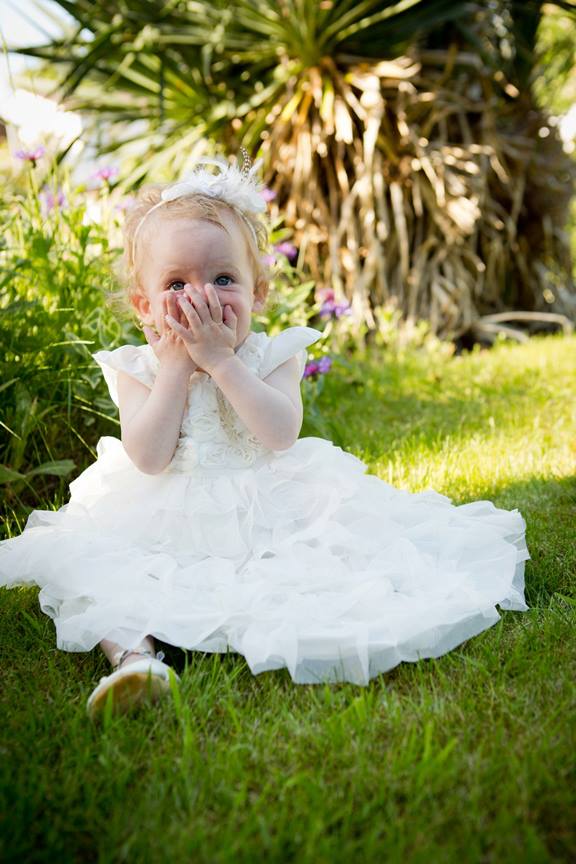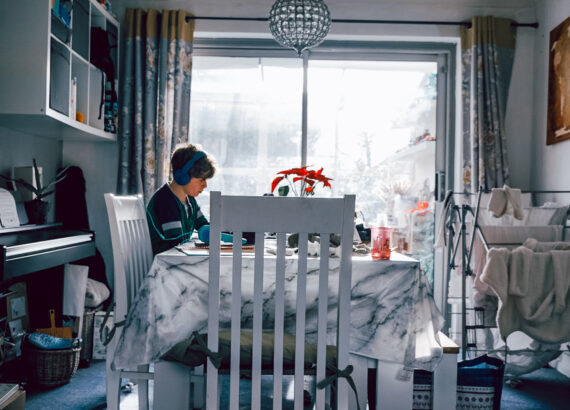As a mum of two, I know that no parent ever wants to have to think about there being anything wrong with their baby. But that’s our job, isn’t it? Making sure that our children grow up healthy. But sometimes it is difficult to know if we are overreacting or being good parents. How can we be sure that our child is developing at a normal rate?
There are subtle differences between babies, that’s for sure. While my children shared a similar appearance when they were born, Isla was definitely smaller. We were not alarmed because he was within standard range. However, if this hadn’t been the case, we would have needed to consult with a physician immediately.
Granted, there is wiggle room in baby development. But some milestones cannot be ignored. I do not wish to stress out parents more than they already are, especially newly-minted mums and dads. However, I am committed to making useful information as accessible as possible. With this intention in mind, here is a list of telltale signs that your infant may not be developing at a normal rate.
Your Baby Is Not Reactive
I’m going to dedicate most of this post to the first sign of developmental trouble. Do not waste time: if your baby is not reactive in the following ways, stop reading and call a health professional. Between 1 and 4 months old, your baby should be reacting to her environment with automatic reflexes. There are four reflexes that your newborn should adopt within her first month.
- Rooting Reflex
The rooting reflex is arguably the most important because it is tied to your baby’s ability to feed. Even if you are not breastfeeding, your baby should display a “latching” reflex of seeking the nipple when her face is touched.
How to Test the Reflex: Gently bring a finger to you baby’s mouth. Until 4 months, your baby should turn toward your hand and begin to suck.
- Moro Reflex
Along with the Rooting Reflex, the Moro Reflex is necessary for survival. When a baby feels like she’s falling backwards or losing her balance, she will spread out her arms. The same reflex happens in reaction to “scary” stimuli such as loud noises.
How to Test the Reflex: You shouldn’t have to force this one into existence, as most environments offer an occurrence of a startling sound.
- Stepping Reflex
This reflex may be less discussed, but it is crucial in motor skill development. When a baby’s feet meet a flat surface, she should have the impulse to place one foot in front of the other in a stepping motion.
How to Test the Reflex: Do exactly as the reflex is described and watch for whether your baby fulfills the developmental expectation.
- Grasp Reflex
Most of us are familiar with this one. We all ooh and aah when a newborn grabs our finger. I remember how happy Noah was when Isla did it the first time.
How to Test the Reflex: Nudge your baby’s hand with your finger. She should grab it.
Generally speaking, a newborn should display signs of alertness and engage with her environment, whether this be toys dangling over her crib or following visual stimulus with her eyes. I find the list of baby milestones by Guava Family most helpful.
Your Baby Never Laughs
Between 4 and 7 months of age, babies begin to communicate in ways other than crying. Their language skills are improving. Babbling sounds more and more like they’re really trying to say something. Laughing is a big part of communication. Smiling comes first at around 2 months, while laughing usually starts after 4 months.
Your Baby is Not Putting Anything in Her Mouth
Babies first explore via touch, specifically their mouths. They use a claw-like grasp to understand their environments. This activity allows the brain to process and establish hand-eye coordination, without which the following stages of development become potentially impossible. In this way, each milestone is built on the one that came before.
Your Baby is Not Moving or Crawling
While crawling usually takes place between 7 and 10 months, lots happens before then in preparation for it. Babies should be able to rear up their heads when lying on their bellies. They will also roll around, exploring how to move from that laying down position to a seated one. The importance of crawling cannot be underestimated. In that movement, a baby’s brain connects the right and left hemispheres.
Conclusion: Don’t Wait
How fast your baby is growing should be an indication of how many life-defining changes are happening in so little time. Developmentally speaking, a day in the life of a newborn is very different than a day in the life of an adult. Don’t wait to seek professional help, even if it’s between “normal” checkups with your pediatrician.







